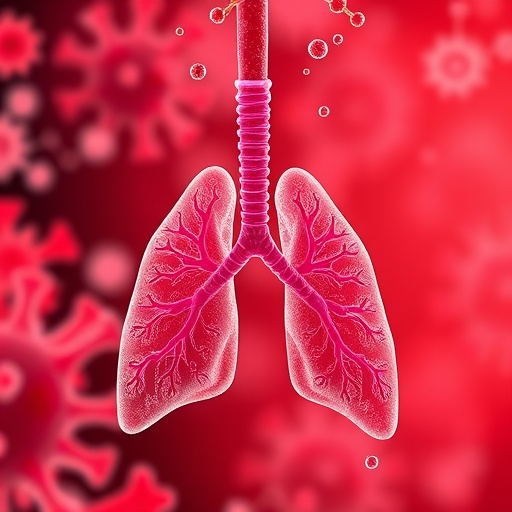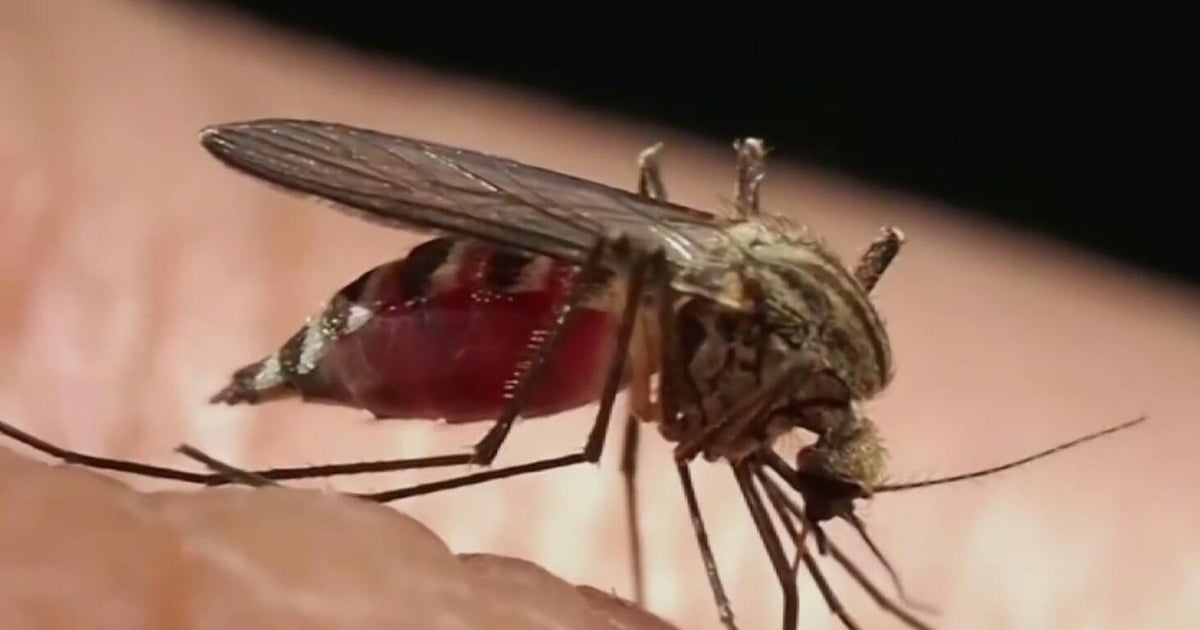Malaria vaccine price cut set to protect 7 million more children by 2030 – UN News

Report on Malaria Vaccine Pricing Agreement and its Impact on Sustainable Development Goals
Executive Summary
A new pricing agreement for the R21/Matrix-M malaria vaccine represents a significant advancement in global public health, directly contributing to the achievement of the Sustainable Development Goals (SDGs). This report details the agreement’s structure, key stakeholders, and its direct alignment with SDG 3 (Good Health and Well-being), SDG 17 (Partnerships for the Goals), and related development targets.
Advancing SDG 3: Good Health and Well-being
The initiative is a critical intervention to meet SDG Target 3.3, which aims to end the epidemics of communicable diseases like malaria, and Target 3.2, focused on ending preventable deaths of children under five. The urgency of this action is underscored by the following data:
- In 2023, malaria caused an estimated 597,000 deaths globally.
- The vast majority of these deaths occurred among young children in Africa.
- The mortality rate equates to approximately one child dying from the disease every minute.
Both WHO-recommended malaria vaccines, R21/Matrix-M and RTS,S, have been proven to reduce malaria cases by more than 50% in the first year after vaccination, with additional protection provided by a booster dose. This efficacy is fundamental to achieving universal health coverage as outlined in SDG Target 3.8.
Fostering SDG 17: Partnerships for the Goals
The successful negotiation of this pricing arrangement exemplifies the collaborative approach championed by SDG 17. The agreement was made possible through a strategic partnership involving several key entities:
- Gavi, the Vaccine Alliance
- UNICEF’s Supply Division
- The International Finance Facility for Immunisation (IFFIm)
A central component of this partnership was an innovative financing mechanism. IFFIm provided an advance payment by converting long-term donor pledges into immediate capital, allowing Gavi to secure the favorable pricing agreement and shape the vaccine market for public good.
Projected Outcomes and Contribution to SDGs 1 and 10
The agreement is projected to have a transformative impact on vaccine accessibility and affordability, thereby addressing SDG 1 (No Poverty) and SDG 10 (Reduced Inequalities) by alleviating the economic burden of malaria on vulnerable families and health systems. The specific outcomes include:
- The price of the R21/Matrix-M vaccine will be reduced to $2.99 per dose within a year.
- This price reduction is expected to generate savings of up to $90 million.
- The savings will enable countries to procure more than 30 million additional vaccine doses over the next five years.
Implementation and Future Outlook
The expanded rollout is already demonstrating significant progress and high demand, with a clear path toward long-term health targets.
- Over 40 million malaria vaccine doses have already been delivered through Gavi-supported programmes.
- A total of 24 African countries are now integrating malaria vaccination into their routine immunisation services.
- The lower price will help Gavi advance toward its goal of fully vaccinating an additional 50 million children against malaria by the end of the decade.
This initiative is a crucial step in providing every child with a fair chance at protection, accelerating progress toward saving lives and strengthening health systems across the African continent.
Analysis of SDGs, Targets, and Indicators
1. Which SDGs are addressed or connected to the issues highlighted in the article?
-
SDG 3: Good Health and Well-being
This is the primary SDG addressed. The article focuses entirely on combating malaria, a major infectious disease, through the provision of an affordable vaccine. It highlights the devastating impact of the disease, particularly on children in Africa, and the efforts to reduce mortality and morbidity, which is the core mission of SDG 3.
-
SDG 17: Partnerships for the Goals
This SDG is also central to the article. The success of the vaccine price reduction is a direct result of a multi-stakeholder partnership involving Gavi (The Vaccine Alliance), UNICEF, and the International Finance Facility for Immunisation (IFFIm). The article emphasizes how “innovative financing and partnerships” are leveraged to achieve public health goals, which is the essence of SDG 17.
2. What specific targets under those SDGs can be identified based on the article’s content?
-
Under SDG 3: Good Health and Well-being
-
Target 3.2: By 2030, end preventable deaths of newborns and children under 5 years of age.
The article directly supports this target by focusing on a disease that is a primary cause of child mortality. It states that in 2023, the “vast majority” of the 597,000 malaria deaths were “among young children in Africa” and that “a child dies from the disease roughly every minute.” The vaccine rollout is explicitly aimed at protecting children and saving their lives.
-
Target 3.3: By 2030, end the epidemics of AIDS, tuberculosis, malaria and neglected tropical diseases…
The entire initiative described in the article is a direct action to combat and ultimately end the malaria epidemic. The development and affordable distribution of the R21/Matrix-M vaccine are key strategies for achieving this target.
-
Target 3.8: Achieve universal health coverage, including… access to safe, effective, quality and affordable essential medicines and vaccines for all.
The article’s central theme is making a crucial vaccine more affordable and accessible. The price reduction to “$2.99 per dose” and the goal to secure “30 million extra doses” are concrete steps towards ensuring that children in affected countries have access to this essential health intervention.
-
Target 3.2: By 2030, end preventable deaths of newborns and children under 5 years of age.
-
Under SDG 17: Partnerships for the Goals
-
Target 17.3: Mobilize additional financial resources for developing countries from multiple sources.
The article explains that the price reduction was enabled by an “advance payment through the International Finance Facility for Immunisation (IFFIm), which converts long-term donor pledges into upfront funds.” This is a clear example of an innovative financial mechanism mobilizing resources to support developing countries.
-
Target 17.16: Enhance the global partnership for sustainable development, complemented by multi-stakeholder partnerships…
The collaboration between Gavi, UNICEF, and IFFIm is a textbook example of the multi-stakeholder partnership described in this target. As Gavi’s Chief Officer states, “We are leveraging innovative financing and partnerships to secure affordable vaccines.”
-
Target 17.3: Mobilize additional financial resources for developing countries from multiple sources.
3. Are there any indicators mentioned or implied in the article that can be used to measure progress towards the identified targets?
- Indicator for Target 3.2 (Under-5 mortality rate): The article provides baseline data on mortality, stating that malaria caused an estimated “597,000 deaths” in 2023, with a child dying “roughly every minute.” Progress can be measured by tracking the reduction in these figures in regions where the vaccine is rolled out.
- Indicator for Target 3.3 (Malaria incidence per 1,000 population): The article implies this indicator by stating that the vaccine has been “shown to reduce malaria cases by more than half in the first year after vaccination.” Tracking the incidence of malaria cases in vaccinated populations would be a direct measure of progress.
- Indicator for Target 3.8 (Coverage of essential health services): The article provides several quantifiable indicators of coverage. These include the “40 million malaria vaccine doses” already delivered, the “24 African countries now integrating malaria vaccination into routine immunisation,” and the future goal of vaccinating “50 million additional children.” The price of “$2.99 per dose” is also a direct indicator of affordability.
- Indicator for Target 17.3 (Mobilized financial resources): The article quantifies the financial impact of the partnership, stating the price reduction is “expected to save up to $90 million.” This saving, which allows countries to “secure more than 30 million extra doses,” serves as a direct indicator of the effectiveness of the mobilized financial resources.
4. Summary Table of SDGs, Targets, and Indicators
| SDGs | Targets | Indicators Identified in the Article |
|---|---|---|
| SDG 3: Good Health and Well-being |
3.2: End preventable deaths of children under 5.
3.3: End the epidemic of malaria. 3.8: Achieve universal health coverage and access to affordable essential vaccines. |
– Reduction in the number of child deaths from malaria (Baseline: 597,000 deaths in 2023, with a child dying “roughly every minute”).
– Reduction in malaria cases by “more than half in the first year after vaccination.” – Number of countries integrating the vaccine (24). |
| SDG 17: Partnerships for the Goals |
17.3: Mobilize additional financial resources for developing countries.
17.16: Enhance the global partnership for sustainable development. |
– Financial savings generated through partnership ($90 million). – Use of innovative financing mechanisms (IFFIm’s advance payment system). – The existence and success of the partnership between Gavi, UNICEF, and IFFIm to achieve a common health goal. |
Source: news.un.org
What is Your Reaction?
 Like
0
Like
0
 Dislike
0
Dislike
0
 Love
0
Love
0
 Funny
0
Funny
0
 Angry
0
Angry
0
 Sad
0
Sad
0
 Wow
0
Wow
0





















































.jpg.webp?itok=0ZsAnae9#)

























